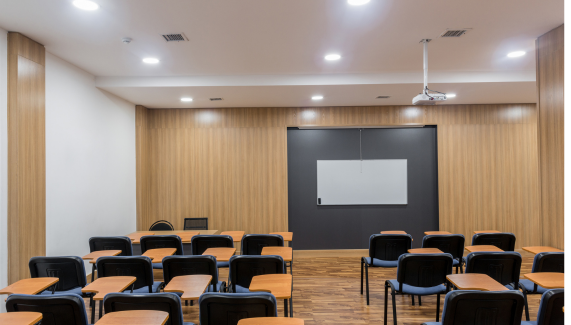The goal of this study was to understand how strip clubs in an area could be related to sexual violence and violent crime. It found areas with a higher number of strip clubs per capita had more violent crime, but not sexual violence. Areas with more “high risk” strip clubs (e.g., greater days and hours of operation, fully-nudity) have higher rates of sexual violence.
Hipp, T. N., Borgman, R. A., Gilmore, D., & Swartout, K. M. (2021). Exploring the relationship between strip clubs and rates of sexual violence and violent crime. Journal of community psychology, 49(4), 962-979.





